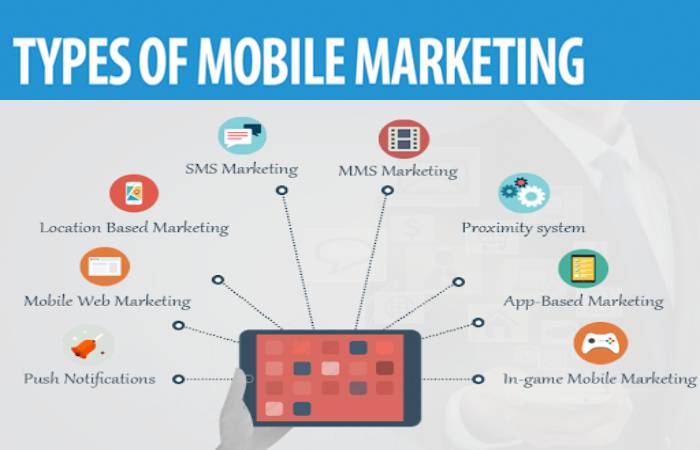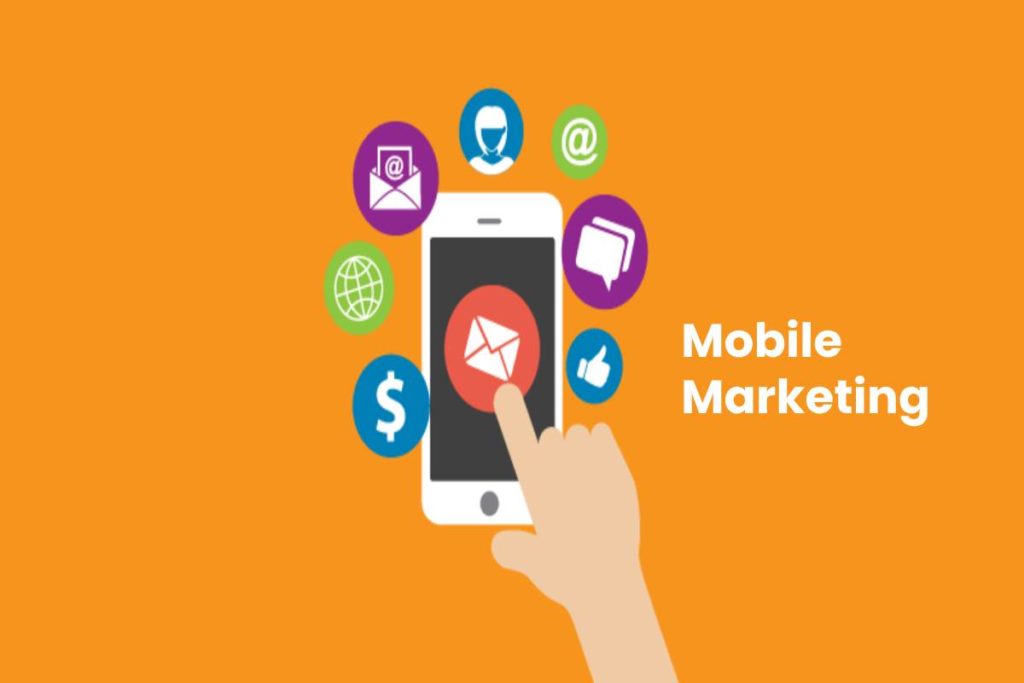Table of Contents
What is Mobile Marketing?
Mobile Marketing is a set of movements and online marketing techniques aimed at mobile devices.
The success of mobile telephony gives this new variant of marketing, the ease of access to the Internet it offers, and the remarkable capacity to attract and retain customers.
Online marketing strategies have had to redefine. They think in a mobile format to continue connecting with mobile consumers and obtain good results in the final conversion, both in e-commerce and in the real store.
History of Mobile Marketing
- The latest edition of the Mobile Marketing study published by IAB Spain offers exciting figures on the state of mobile marketing.
- 21.5 million people between 16 and 65 use mobile phones (94%), most smartphones.
- Smart mobile phones have used an average of 2 hours and 34 minutes a day, approximately twice that of the tablet. It stands out among women and younger, 16 to 30 years.
- The most prominent apps are WhatsApp and Facebook (smartphones) and Facebook and games on tablets.
- 34% of consumers regularly use their mobile phones while watching TV (multiscreen)—18% with the tablet.
- A third of users perceive that the emails they receive do not adapt to mobile phones, which means that 31% do not open it on another device.
- 9 out of 10 interviewees have used their smartphones at some point in the purchase process.
- 41% of people have made purchases from their mobile. The most popular categories are fashion, leisure, travel, and electronics.
What are the Types of Mobile Marketing?

Various types of mobile marketing actions are available to marketers and advertisers today.
But which one is the most effective and offers the best ROI? For many professionals, this new marketing discipline represents a paradigm shift that distinguishes it from traditional marketing for its constant contact with technology and the recent actions to reach the consumer.
We are going to comment on some of the ones that have more traction at the moment:
1. Vertical Video Marketing
- More and more time is being spent browsing via mobile phones and tablets, and this type of support has a vertical screen. Vertical videos are more straightforward and perform better than forcing the consumer to horizontally.
- Creating this type of audiovisual content is a creative challenge, and a growing tool is still little exploited, which is a point in its favor.
- Snapchat and Periscope are social networks that already use this video like . A plus is to put explanatory texts on the images because many times, users cannot reproduce with sound.
2. Mobile Marketing App
- Brand applications favor the perception of innovation, the improvement of sales results via in-app, customer acquisition, and regular consumers’ loyalty.
- But it is not enough to launch an application and wait for customers to install it. You need to develop a good outreach marketing strategy.
3. In-app Ads
- Many define in-app advertising as the future of advertising. Instead, it had already landed a long time ago.
- They are 100% adapted formats and only visible on mobile devices.
- Many apps include in-app ads to defray costs and make the mobile application free for the user.
4. Local Mobile Marketing
- SMEs will see their opportunity in geolocated keywords. 30% of searches have a local purpose of knowing where to eat, sleep, and more, and half are actions that you want to do in the next hour.
- The acronym that defines this marketing technique is SOLOMO (Social – Local – Mobile).
5. Mobile Email Marketing
- 45% of emails open from a mobile device. It is almost half the annual volume. Email marketing is one of the movements that the best ROI offers advertisers.
- Then it is impossible efforts are lost by not designing mails responsive. It is crucial always to create your email creatives with mobile in mind.
6. Social Ads
- Investment in social media advertising is rising. It’s easier than always to launch micro-segmented ad campaigns targeting only the target.
- Also, more and different marketing agencies use tools founded on artificial intellect that facilitate the presentation of hundreds of campaigns while discarding those that do not work and promoting those that do.
An Example of a Mobile Marketing
- Iberia continues to boost reserves’ growth on all its top routes originating in Spain and other European and Latin American markets.
- To optimize his mobile marketing campaigns on Twitter Ads, he decided to use a Social Ads technology solution developed by Cyberclick that uses artificial intelligence to make micro-segmented campaigns.
- These obtain optimal consequences due to their machine learning and their operation in real-time.
- The geolocated campaigns in Spain had many national and European routes and some international destinations such as New York, Miami, Mexico, and Santiago de Chile.
- These were the results that obtain:
- One thousand segmentations became active in all in-live campaigns.
- More than 70,000 visits to the different landing pages generate from the ads.
- Average CTRs at that period were around 0.25%, highlighting, in particular, Iberia’s premium destinations such as New York, with representative CTRs that exceeded 0.60%.
- The reactivity of the users who came to the site was high when conducting searches. There were almost 27,000 availability requests from the forms (38.5% conversion regarding the visit).
- According to the data tagged by Google Analytics, the profitability per search based on unique users and uni-device were unit costs underneath € 1.
- Mobile penetration has changed customer habits, and marketers and advertisers want to mold themselves to this reality.
- Companies must analyze and improve their mobile marketing strategies to continue connecting with customers and obtain good results in the conversion to purchase.
Importance of Mobile Marketing

We live when the cell phone is part of every daily routine. For this reason, nothing more useful to give more visibility to your business is to do mobile marketing.
Increasingly, the world of marketing is more aware of the importance of advertising on mobile devices, which is why every campaign must consider this medium as one of the strongest to spread its brand.
Reasons to Implement Mobile Marketing
For the sample, some statistics:
- 80% of people who surf the internet have a smartphone.
- 48% of people start a purchase inquiry through their mobile device.
- 40% of mobile searches are for local businesses.
- 88% of those looking for a local business through their mobile call or visit it in the next 24 hours.
- Mobile email opens have increased 180% in the last three years.
- Advantages of incorporating mobile marketing into your marketing strategy.
- It is 24/7, so you are always available for your clients.
- It allows you to establish direct and immediate communication with your target.
- You can more precisely segment your audience.
- If you have a good database, you can customize it better.
- Its generate interaction and dialogue.
- It is less expensive than mass marketing and has a better return on investment.
- It allows you to geolocate and thus provide timely information.
- Its effectiveness is straightforward to measure.
- It has a high reach and high viral potential.

